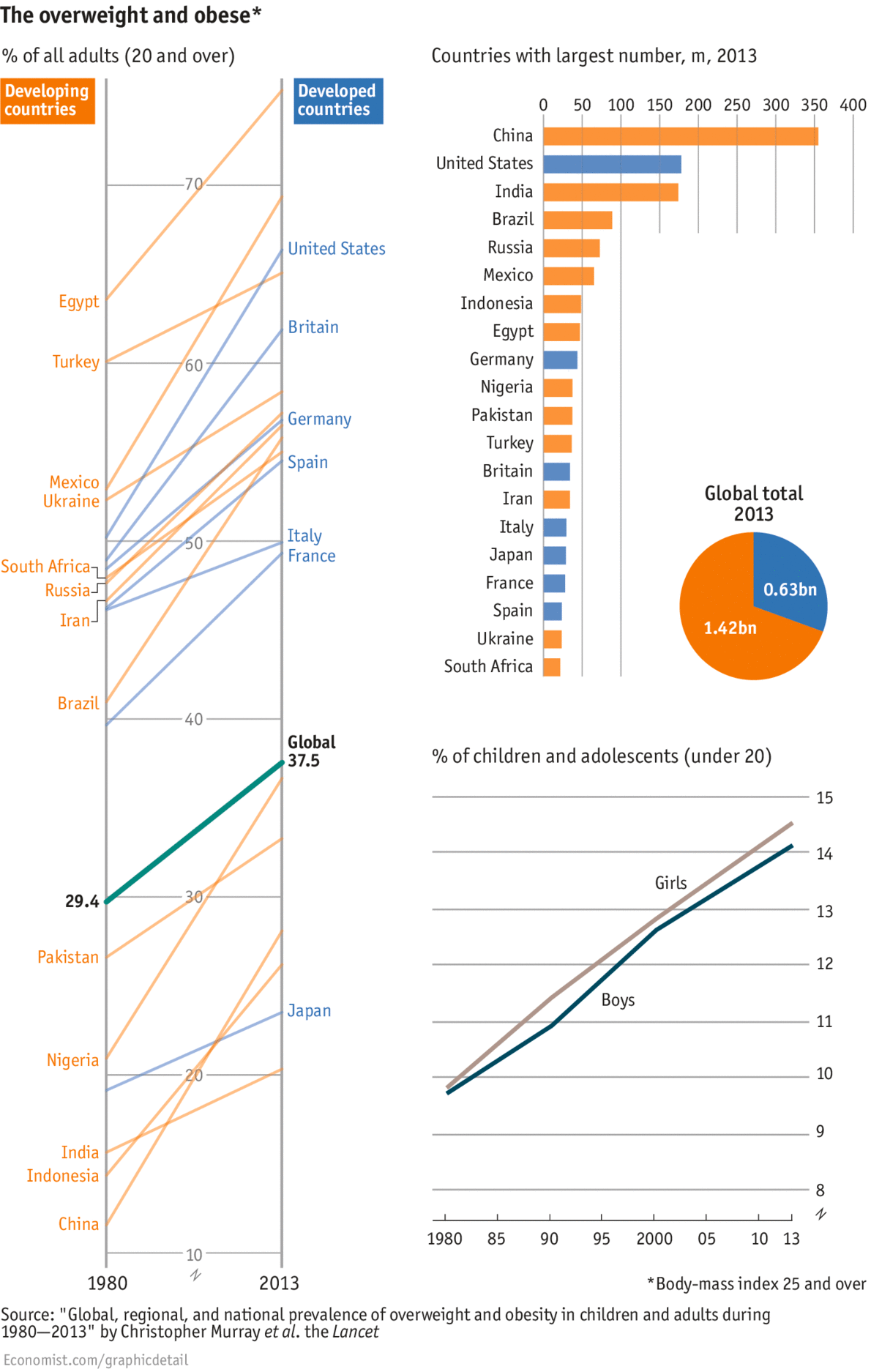Report: 1749_Bachrach_addressing_patients_social_needs_v2
http://www.commonwealthfund.org/publications/fund-reports/2014/may/addressing-patients-social-needs
As much as 40 percent of patient outcomes can be attributed to factors such as income, educational attainment, access to food and housing, and employment status—and low-income populations are particularly affected.
New Report Shows How Targeting Patients’ Social Needs Is Critical to Improving Quality and Reducing Costs
As public and private payers increasingly hold providers accountable for their patients’ health and health care costs and link payments to outcomes, providers are developing strategies to address the social factors that play so large a role in people’s health. As much as 40 percent of patient outcomes can be attributed to factors such as income, educational attainment, access to food and housing, and employment status—and low-income populations are particularly affected.
A new report prepared by Manatt Health Solutions for The Commonwealth Fund, The Skoll Foundation, and The Pershing Square Foundation explores the impact of social needs on health and the costs of care and identifies evidence-based strategies and interventions that can help providers target patients’ social needs, improve health, and reduce spending. The report examines payment models that incentivize or require providers to address not just their patients’ clinical needs but their social needs as well.
For providers unable or unwilling to invest in social interventions, the report suggests alternative opportunities for funding them. Research indicates that in addition to improving patient health, investing in these interventions can enhance patient satisfaction and loyalty, as well as satisfaction and productivity among providers.
Visit commonwealthfund.org to read Addressing Patients’ Social Needs: An Emerging Business Case for Provider Investment and learn about the variety of tools available to providers and the range of effective programs in the U.S. and abroad.
Addressing Patients’ Social Needs: An Emerging Business Case for Provider Investment
Extensive research documents the impact of social factors such as income, educational attainment, access to food and housing, and employment status on the health and longevity of Americans, particularly lower-income populations. These findings attribute as much as 40 percent of health outcomes to social and economic factors. Asthma is linked to living conditions, diabetes-related hospital admissions to food insecurity, and greater use of the emergency room to homelessness.
These findings are not lost on health care providers: 80 percent of physicians conclude that addressing patients’ social needs is as critical as addressing their medical needs. Yet until recently, providers rarely addressed patients’ unmet social needs in clinical settings.
However, changes in the health care landscape are catapulting social determinants of health into an on-the-ground reality for providers. The Affordable Care Act is expanding insurance coverage to millions more low- and modest-income individuals, and, for many, social and economic circumstances will define their health. Six years after analysts introduced the concept of the “Triple Aim,” its goals of improved health, improved care, and lower per capita cost of care have become the organizing framework for the health care system. As a result, growing numbers of providers are concluding that investing in interventions addressing their patients’ social as well as clinical needs makes good business sense.
The Economic Rationale for Investing in Social Interventions
Informed by the Triple Aim, public and private payers are introducing payment models that hold providers financially accountable for patient health and the costs of treatment. These models—including capitated, global, and bundled payments, shared savings arrangements, and penalties for hospital readmissions—give providers economic incentives to incorporate social interventions into their approach to care. For example, in October 2012, the Centers for Medicare and Medicaid Services penalized 77 percent of safety-net hospitals for excess readmissions of patients with heart attack, heart failure, or pneumonia. Meanwhile a review of 70 studies found that unemployment and low income were tied to a higher risk of hospital readmission among patients with heart failure and pneumonia.
To be certified as a patient-centered medical home (PCMH) or Medicaid health home, providers must integrate social supports into their care models. And these certifications almost always trigger higher levels of reimbursement. More than 40 states have adopted PCMH programs, providing important funding opportunities for qualified providers. Even if new payment models do not require social interventions, many providers have concluded that they are essential to achieving quality metrics and earning available revenue.
Beyond these direct economic benefits, providers that incorporate social supports into their clinical models can also reap indirect economic benefits. Patient satisfaction rises when providers address patients’ social needs, engendering loyalty. Patient satisfaction can also affect the amount of shared savings a provider receives from payers. Providers that include social supports in their clinical models also report improved employee satisfaction. And interventions that address social factors allow clinicians to devote more time to their patients, allowing them to see more patients and improving satisfaction among both patients and clinicians.
Strategies to Meet Patients’ Social Needs
A range of tools, both broad and targeted, are available to providers to address patients’ unmet social needs. Broad interventions—usually provided at primary care clinics—link clinic patients to local resources that can address their unmet social needs. For example:
- Health Leads, which operates in hospital clinics and community health centers in six cities, enables health care providers to write prescriptions for their patients’ basic needs, such as food and heat. Trained volunteers who staff desks at the hospitals and clinics connect patients to local resources to address those needs. Across all sites, Health Leads volunteers addressed at least one need of 90 percent of patients referred to them.
- Medical-Legal Partnerships (MLPs) place lawyers and paralegals at health care institutions to help patients address legal issues linked to health status. This program has had marked success: an MLP in New York City targeting patients with moderate to severe asthma found a 91 percent decline in emergency department visits and hospital admissions among those receiving housing services.
Targeted interventions, in contrast, link individuals with chronic or debilitating medical conditions to social supports as part of larger care management efforts. For example, in the Seattle-King County Healthy Homes Project, community health workers conduct home visits to low-income families with children with uncontrolled asthma. Urgent care costs for participants in a high-intensity intervention were projected to be up to $334 per child lower than among those receiving a less intensive intervention. The share of individuals using urgent care services also fell by almost two-thirds during the intervention.
Looking Forward
As more low-income people gain health care coverage, evidence on which interventions are most cost-effective in addressing their social needs and improving their health will grow, and value-based reimbursement will become standard across payers. With these changes in the health care landscape, the economic case for provider investment in social interventions will become ever more compelling.
This publication was supported in partnership with The Skoll Foundation and The Pershing Square Foundation.


